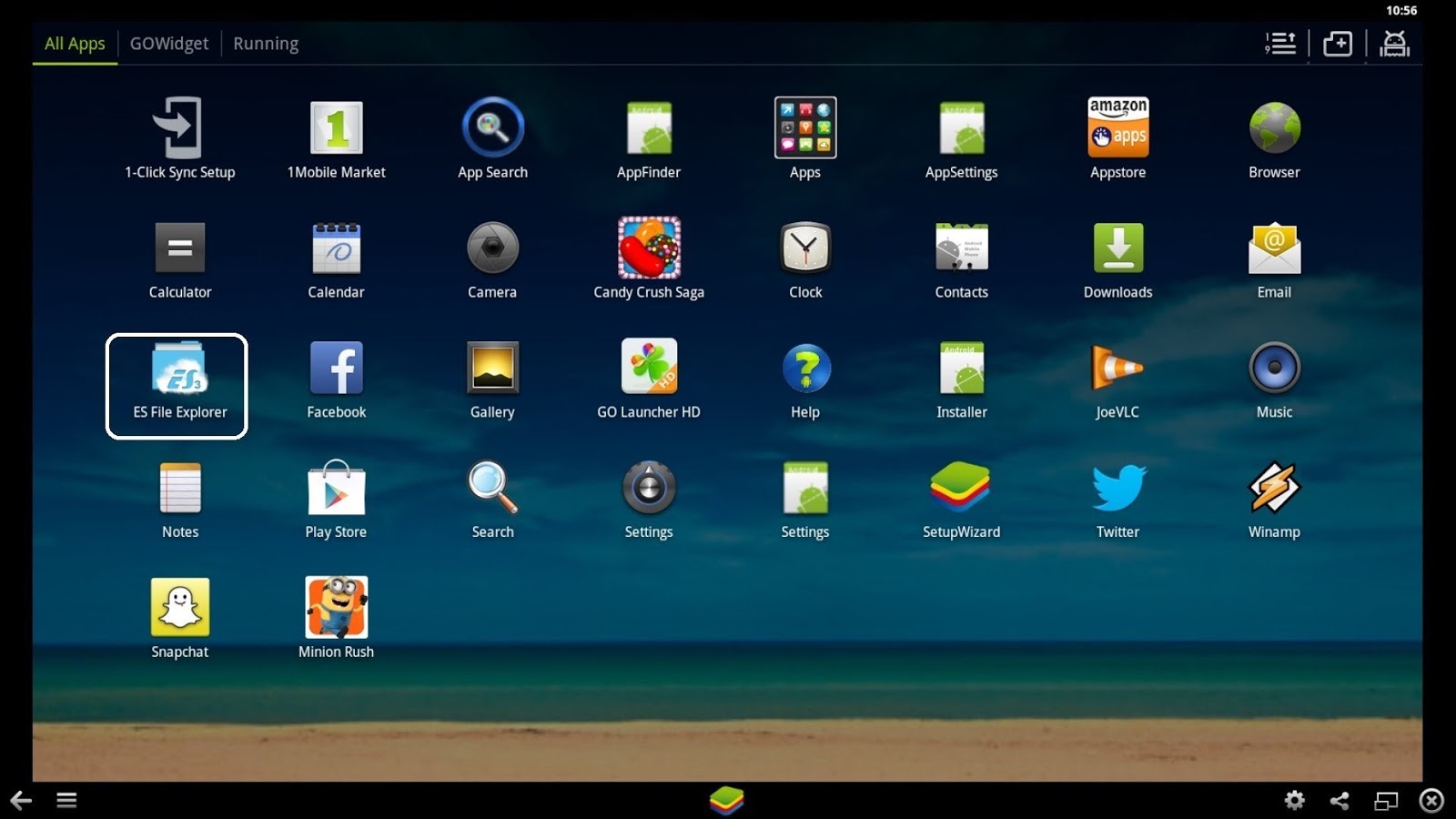To make things easier, I am listing the best android emulators for pc that you can download and use. Android Studio Emulator – Best For Development Purpose Android Studio is a development IDE that Google approves and recommends to people who want to develop their apps. MEmu is an exceptional Android emulator that gives you access to the whole catalog of games for this operating system on your PC. We're talking about thousands of games, all free, which you can enjoy on your computer. The best thing about it is that you don't even need a really powerful computer to run the games perfectly. Best Android emulator for PC; Get It Here. Gameloop is one of the best free Android emulator for windows 10. This Android emulator becomes popular after the the launch of call of duty mobile game. But before that it only supports pubg game. Game loop Android emulator is basically based on Android gaming. Jul 11, 2020 Best Android emulator for PC; Get It Here. Gameloop is one of the best free Android emulator for windows 10. This Android emulator becomes popular after the the launch of call of duty mobile game. But before that it only supports pubg game. Game loop Android emulator is basically based on Android gaming. Android Emulator is free to use. BlueStacks is one of the old-time favorites for running Android OS on PC. It is built on native Android, so it is capable of supporting the millions of apps on Google Play. And you can access Play from inside the app.
- Free Download Native Android Emulator For Pc Windows 10
- Free Download Native Android Emulator For Pc Windows
- Free Download Native Android Emulator For Pc Windows 10
- Free Download Native Android Emulator For Pc Download
Free Download Native Android Emulator For Pc Windows 10
Apart from using real Android devices, a viable option is to download, install and use an Android emulator.In NativeScript, we can use all Android emulators that are connected and recognized by the tns device command. More information about this command could be found in the tns device article.
Example output from tns device

Tip: Sometimes emulators take longer to start. As a recommendation and to avoid timing issues, start the emulator before executing other CLI commands.Once the emulator is started, leave it open to avoid the initial load time the next time you need to deploy an Android application.
Creating Android Virtual Device via Android Studio
Follow the official documentation on Creating and Managing Virtual Devices, where the process of downloading, setting up, and using Android Emulators via Android studio is covered.
Note: If your top-level 'Tools' menu does not include the 'Android' option (a common issue in versions >3.0.0), follow the instructions in this StackOverflow answer to add this to the toolbar and enable the AVD Manager.
Creating Android Virtual Device via command line tool
The avdmanager is a tool that allows you to create and manage Android Virtual Devices (AVDs) from the command line. The avdmanager is provided in the Android SDK Tools package (25.3.0 and higher) and is located in <ANDROID_HOME_PATH_HERE>/tools/bin/. For more information about the avdmanager and how to use it to create AVDs, see the official avdmanager documentation.
Command syntax to create new AVD
Free Download Native Android Emulator For Pc Windows
You must provide a name for the AVD and specify the ID of the SDK package to use for the AVD using sdk_id wrapped in quotes. For example, the following command creates an AVD named test using the x86 system image for API level 25:
Note: The above command suggest that the system image is already downloaded. To download an image use the sdkmanager. For example sdkmanager 'system-images;android-25;google_apis;x86'
The following describes the usages for the other options:-c {path size}: The path to the SD card image for this AVD or the size of a new SD card image to create for this AVD, in KB or MB, denoted with K or M. For example, -c path/to/sdcard/ or -c 1000M.-f: Force creation of the AVD. Use this option if you need to overwrite an existing AVD with a new AVD using the same name.-p path: Path to the location where the directory for this AVD's files will be created. If you do not specify a path, the AVD will be created in ~/.android/avd/.
Free Download Native Android Emulator For Pc Windows 10
To list all the downloaded system images use the list command.
Using third-party emulators
Free Download Native Android Emulator For Pc Download
An applicable option is to use third-party emulators (like GenyMotion).Visit the official sites for details on how to install and use these emulators.